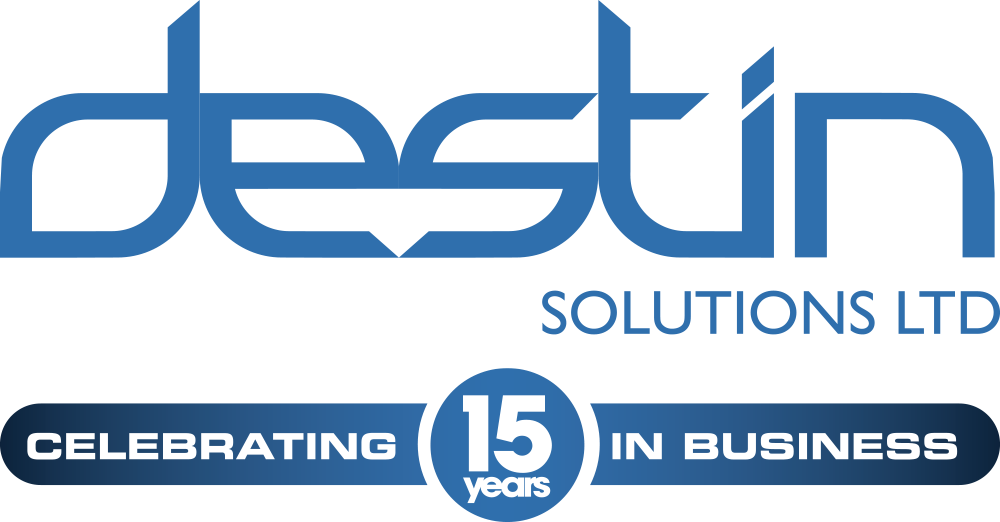We heard views from many Local Authorities in our recent survey with most actively engaged in a variety of different measures to increase their commercial and domestic tax base.
Identifying alterations to commercial properties
When we drilled down into methods used to increase their tax base one area stood out as lacking in some Authorities, which was ‘identifying alterations to commercial properties that impact rateable value’ with just 66% of respondents engaged in this activity.
Space

Space
Identifying missing or undervalued properties
When asked whether their Local Authority had a process in place to ‘identify missing or undervalued properties’ just over 95% did, 57% of which do it internally, through a manual review of data with one Authority acknowledging this was a time-consuming process. Just under 15% outsourced this work fully to an external supplier with just over 19% using a combination of internal processes and for more complex cases using either an external party or technology to assist.

Space
Identifying wrongly awarded SBBR
When asked about having a mechanism in place to identify wrongly awarded Small Business Rates Relief, just over 52% of Local Authorities did so. From those that did have a mechanism in place 63% noted that they believed they had achieved savings of at least £10,000 as a result of this, and just over 18% noted estimated savings of between £25,000 and £50,000.
Reviewing property exemptions, reliefs and discounts
All Local Authorities who took part in the survey noted they had some kind of Property Inspector, Team or staff member tasked with reviewing exemptions, reliefs and discounts granted to properties. Delving deeper into how they undertake these reviews, our survey asked how they managed the process, with just over 71% noting this was a manual process with results of visits and outputs tracked on a spreadsheet. The remainder used either some kind of document management system, a bespoke internal solution, a facility within an existing solution or a specific property inspection solution.

Space
Tackling aged debt
Lastly we focused on the targeting of older debt as a means to boost collections and whether this was currently a priority. Whilst just over 80% acknowledged it was a priority around 42% of these respondents noted as a strategy it was currently on hold due to the present situation, whereas the other 38% were actively pursuing this strategy right now.
In regards to plans for targeting aged debt in future and how they would go about doing this just over 42% noted they would use a debt collection agency with another 42% opting to use internal information alongside external financial data to identify the most appropriate recovery action for each debtor.

Space
Industry Commentary
Rating and Revenues expert and IRRV Senior VP, Alistair Townsend commented “I am not surprised to see that efforts to identify undervalued properties lag behind other activities. I believe this is down to the valuation expertise required. At the end of the day, revenues practitioners are generally not qualified valuers and so identifying undervalued properties can be like finding a needle in a haystack when you aren’t even sure if the needle exists. In short, the cost/benefit analysis of doing this in-house is not strong. There is no doubt that technology based solutions can help to make the haystack smaller and external expertise can magnify the needle, providing significant benefits whilst fixing the costs.
As for tackling aged debt, with all the additional burdens placed on revenues teams currently and the restrictions of collection activity, I am not surprised that this has been curtailed. However, these delays are unlikely to help the situation and when we do reach a point of resuming activity, practitioners will need solutions in place that quickly identify the most appropriate cases for action.”
